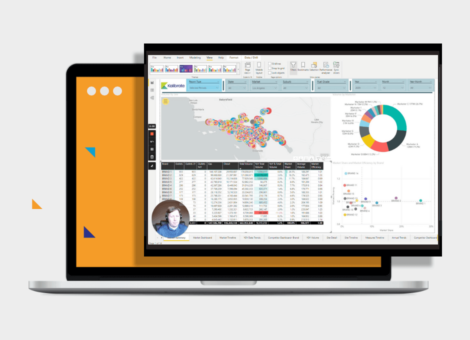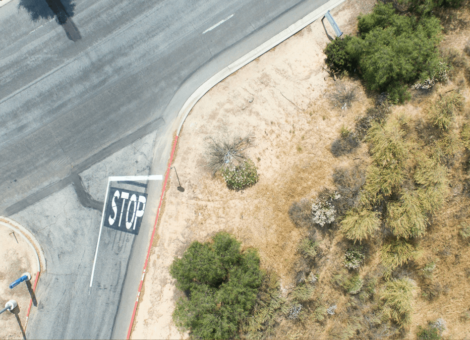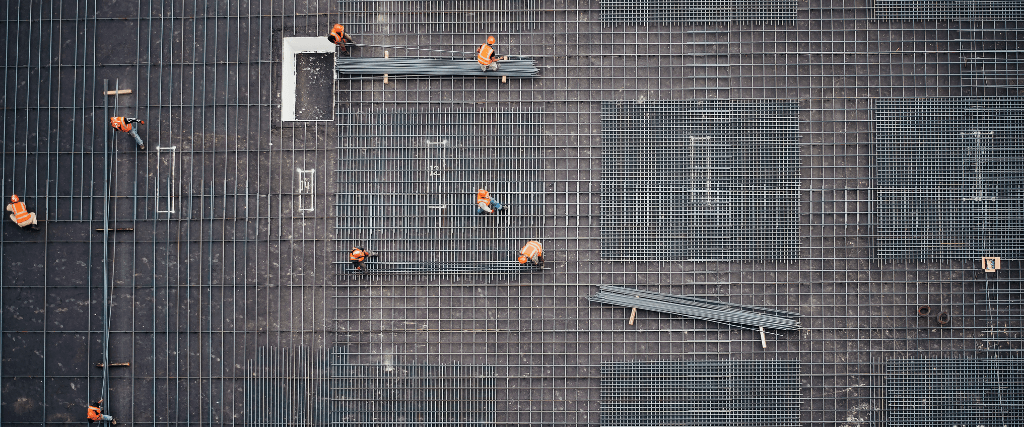With construction costs skyrocketing — how can you continue to grow your gas station network?
The price of construction materials including wood, concrete, and steel has shot up since the pandemic, with lumber costs reaching an all time high in 2021. Fueled by a mixture of increased demand, reduced production and supply, and labor shortages — all a direct result of the COVID-19 pandemic — the cost of construction materials in some places in the US has tripled in 12 months. Forecasting the future outlook, Forbes suggested that the price of wood and lumber are likely to retreat in 2022 and return to pre-pandemic levels in 2023.
The upside of the current climate is the comparably low interest rates, so there are some savings to be made on repayments for your project when compared to interest rates of previous years. In an article for Time’s NextAdvisor, Logan Mohtashami, housing data analyst with HousingWire suggests;
“We’re likely to see continued low rates until the unemployment rate, and other economic indicators, start to return to pre-pandemic levels — unless the government takes extreme measures to stimulate the economy, demographic trends and other macroeconomic factors will keep rates relatively low in the long term.”
With low interest rates staying the course, and construction materials set to return to pre-pandemic prices in the next year and a half — is now a good time to grow your gas station network?
Many gas station entrepreneurs have paused their building plans — but others continue to build new sites to increase the size of their networks.
Whether you’re building, acquiring new sites, or biding your time and waiting it out — one thing is clear — the wrong decisions have just got a whole lot more expensive.
Every decision you make, at both new builds and existing gas stations, can have a big impact on your potential profit.
By fully understanding your customers and their needs and behavior, as well as the other operators in your trade area, you can learn which strategies work best for your local market — and how you can differentiate your offering to come out on top.
This is relevant whether you’re choosing to build now or not. Those making the investment and going ahead with their new build sites need to make sure that investment will be returned. And those who are choosing to hold off on new gas stations need to maximize the return from their current network.
So how do you know you’re making the right choices?
This free webinar “Small data points — big commercial impact” will provide a greater understanding of how each decision affects your bottom line.
There are many decisions to be made in a gas station business and historically, gas station owners have made these decisions based on gut instinct. After years in the industry, they have gained knowledge and experience that often drives them in the right direction. But in the current climate, the stakes are too high to take a risk and invest in the wrong places.
Data can be used to validate those decisions and to shape your strategy and tactics. Using comprehensive market data, gas station owners can not only gain an understanding of the products and services they should offer, but they can also get detailed performance projections for different scenarios. Allowing for a true understanding of which decisions are worth the investment and which will generate the highest returns.
Before deciding whether to expand your network by building, buying, or refurbishing a gas station, consult the data to find out which is the right decision for your business.
Read more articles about:
Location intelligenceSubscribe and get the latest updates
You may unsubscribe from our mailing list at any time. To understand how and why we process your data, please see our Privacy & Cookies Policy
Related posts
Uncategorized
On-demand demo of Kalibrate Market Intelligence
For fuel retailers that want to gain market share, KMI provides granular detail on competitor performance allowing...

Location intelligence
Kalibrate Planning: hints and tips
Your monthly Kalibrate Planning hints and tips.


